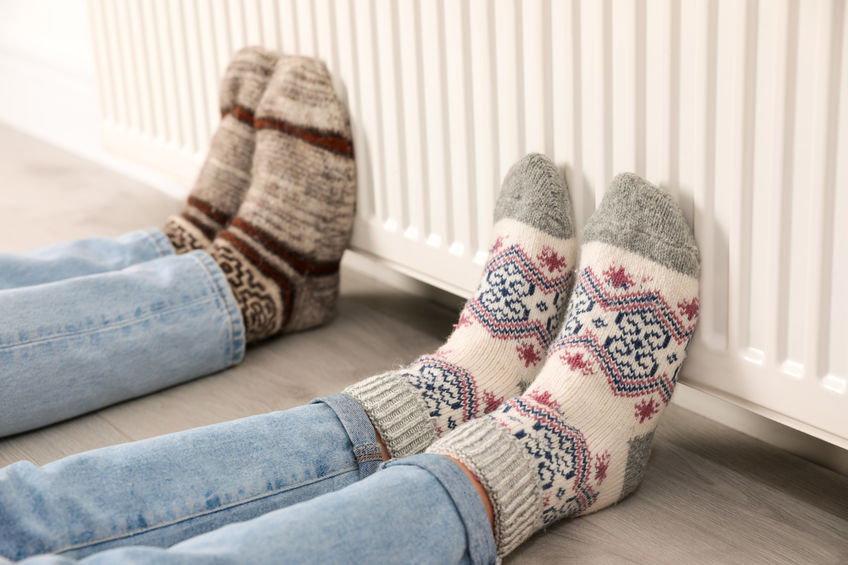
Many people have cold feet during the winter months, but patients suffering from Raynaud’s disease can experience numbness or cold in their feet any time of the year. Because October is Raynaud’s Awareness Month, in today’s post, Dr. Eric Ricefield, Dr. Mark Yagodich, and Dr. Aliza V. Eisen of greater Philadelphia’s Your Next Step Foot and Ankle Care Center are sharing information regarding this condition.
Raynaud’s disease is a disorder that makes the blood vessels constrict, thereby cutting off blood flow to the patient’s extremities. Attacks are often initiated by emotional and physical stress, such as walking great distances or jumping into cold water.
When the blood vessels cramp, the feet become numb, cold, or even painful and may take on a blue or white appearance. When the attack diminishes, patients may experience a feeling of pins and needles in their lower extremities as their blood vessels begin to reopen.
While in many cases, these attacks don’t result in permanent damage, they may increase the possibility of foot ulcers, especially in diabetics. Compromised circulation stops the broken skin from healing, which can cause sores on a patient’s toes or foot to become infected. And without treatment, patients could suffer the loss of a toe, amputation of the foot, or gangrene.
Treatment Options for Raynaud’s Disease
If you are having symptoms of Raynaud’s disease, our podiatrists can help control or prevent flare-ups in the following ways.
- Identifying an underlying issue. Determining the cause of your Raynaud’s attacks helps us treat the condition rather than just tackle its symptoms. While the precise cause of Raynaud’s syndrome is not known, it has been linked to a variety of health conditions and diseases.
- Maintaining your body’s temperature. During the winter months, you should wear several layers, including warm socks and thick gloves. You may also consider wearing socks to bed to keep your temperature steady when sleeping.
- Developing an exercise plan. Exercising is a great way to boost circulation because it forces your blood to your limbs before returning to the heart.
- Making dietary changes. Some chemicals and foods that contract blood vessels can have an adverse effect on patients suffering from Raynaud’s. Alcohol, cigarettes, and caffeine could trigger an attack.
- Examining medication options. We find that some patients find benefit from taking prescription drugs to help control Raynaud’s symptoms and treat their underlying illnesses or diseases.
- Prescribing at-home treatment options. Improving blood flow by moisturizing the feet, massage, wiggling the toes, and other daily practices can help alleviate symptoms. If you do experience a flare-up, you can get the blood flowing again by sitting a in warm place and soaking your feet in warm water.
The team at Greater Philadelphia’s Your Next Step Foot and Ankle Care Center can determine the cause of your cold feet and ascertain any problems that could initiate an attack or worsen the condition. Contact us today to schedule a visit. Click here to locate contact information for the office nearest you.
